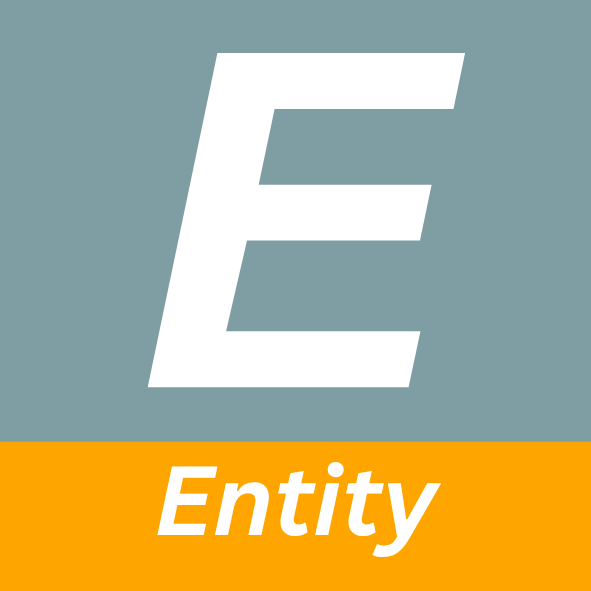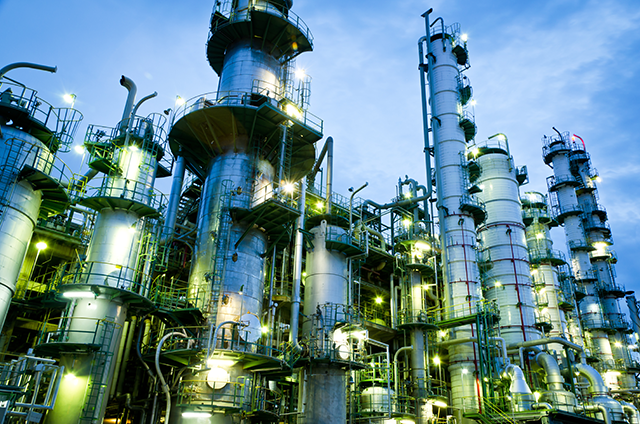Borstar® PE 2G
Borealis introduced in Oct 2005 a new generation of proprietary Technology - Borstar® PE 2G - a multi-modal Process that enables the molecular tailoring of Polyethylene (PE).[1]
The Borstar® PE technology consists of a Dual-Reactor combination in series[2],[3]:
- Slurry Loop Reactor with supercritical mode capability
- Specially designed Fluidized Bed Gas Phase Reactor (FBR)
Catalyst is mixed with a Propane Diluent and fed to the compact Prepolymerization Reactor. Cocatalyst, Ethylene and Hydrogen are also fed into this Reactor. The pre-polymerized Slurry is sent to the Loop Reactor, which is designed for supercritical conditions. Typically, lower molecular weight and higher density Components of the bimodal Polymers are produced in the Loop Reactor. Diluent and unreacted Components are separated from the Polymer produced in the Loop Reactor in a Flash Tank. The Loop Reactor and FBR are fully independent from each other, which enables easy control of Reactor conditions and the flexibility to process a wide Product range. Polymer from the Flash Tank polymerizes further in the FBR where no fresh Catalyst is needed as the Polymer continues to grow on the same Catalyst Particles, resulting in a homogeneous Polymer. Fresh Ethylene, Comonomer and Hydrogen are fed into the FBR. Typically, high molecular weight Components are produced in this step, thus broadening the molecular weight distribution (MWD) and providing strength to the Polymer. The Production rate ratio between the Reactors can be adjusted to meet the targeted Product properties. After removing Hydrocarbon Residuals, the Polymer Powder is transferred to Extrusion.[4]
Figure 1 - Borstar® PE Simplified Process Flow Diagram with Process Parameters[10]
.jpg)
Example 1 of EP1598378A1 details an experimental procedure whereby no Comonomer is used in the 1st Stage Slurry Polymerization, and 1-Hexene is added as a Comonomer in the 2nd Stage Gas Phase Polymerization.[3]
Examples 1+2 of EP3257895A1[5] and Example 1 of EP3472239B1 detail the experimental procedure whereby 1-Butene is added as a Comonomer in the 1st Stage Slurry Polymerization, and 1-Hexene is added as a Comonomer in the 2nd Stage Gas Phase Polymerization.[6]
The Borstar® PE 2G Technology has the capability to produce a wide range of bimodal and unimodal Products with a full control of Comonomer distribution with densities ranging from 918 kg/m3 to 970 kg/m3 such as Linear-Low-Density Polyethylenes (LLDPE), Medium-Density Polyethylenes (MDPE) and High-Density Polyethylenes (HDPE) and melt flowrate from less than 0.1 to over 100 g/min. The MWD can be controlled from narrow to broad. Advanced properties are tailor-made for different applications such as pipe strength, film-bubble stability as well as high ESCR.[4]
Borstar® PE 3G
In 2013, Borealis announced to upgrade its Borstar® PE2 Plant Technology at its site in Porvoo, Finland to the Third Generation (3G) Technology.[7] The technology is branded Borstar® PE 3G on the corresponding Borealis Borstar® Technology page.[8] and it features two Loop Reactors and one FBR in series as described in EP4130138A1[9]:
- 'A suitable process is the Borstar PE process or the Borstar PE 3G process' (page 6, line 41, [0063])
- 'Borstar pilot plant with a 3-reactor set-up (loop1 - loop2 - GPR 1) and a prepolymerization loop reactor.' (page 12, Line 21, [0122]).
The experimental part in EP4130138A1 details the Preparation of multimodal Polyethylene Copolymers with 1-Butene and 1-Hexene Comonomers, whereby 1-Butene is added to the Prepolymer-, Loop 1 and Loop 2 Reactors and 1-Hexene is added to the FBR.[9]
Figure 2 - Borstar® PE Simplified Process Flow Diagram with One or More Loop Reactor(s) and Extrusion Section[11]
.png)
Recycle Area
From the Loop Reactor, the Polymer Slurry is transferred using Settling Legs and Continuous Outtake to a Flash Tank where the Raw Material and Diluent are flashed and transferred to the Heavies Column in the Recycle Area. The Polymer and Gas Mixture is withdrawn from the FBR Bottom to a Separator, from where the Polymer is transferred to Packaging Area and the Gas is transferred to the Propane Column in the Recycle Area. The Propane Column main task is to remove Propane from the Gas Mixture from the FBR and transfers all other Components back to the FBR via the Column Top and Bottom Outtakes. It has an Off-Gas on the Top Stream that may be used to control how much of the Top Stream is transferred back to the FBR. The Column Side Outtake is mainly composed of Propane, and is transferred together with the Gas Mixture from the Flash Tank to the Heavies Column. At the Heavies Column, heavier Components than Propane are removed and considered Waste, while all other Components are transferred to the Lights Column. From the Bottom of the Lights Column, essentially pure Propane is removed and transferred to a Propane Buffer to be used as Fresh Feeds to the Reactors again. The Top Flow of the Lights Column are directly inserted into the Loop Reactor, i.e., recycled, except for an Off-Gas Stream.
Figure 3 - Schematic Diagram of the Plant PE3 at Borealis AB with the three cascaded Borealis Borstar® Reactors and a Recycle Area with three Distillation Columns.[12]
.png)
References
- Borealis, Press Release, 27th Oct 2005, Borealis launches Borstar® PE 2G technology delivering a new generation of products tailored to specific customer needs
- Franz Langhauser, Borealis Polyolefine GmbH, Linz, Austria, SPE 2017, Bimodal Borstar® PE Process & Catalyst Technology - An updated view on the leading bimodal PE technology
- Arild Follestad, Erling Rytter, Richard Blom, Espen Ommundsen, EUROPEAN PATENT APPLICATION EP1598378A1, Date of Filling 21th May 2004, Process for the preparation of bimodal polyethylene
- Jack, Oil & Gas Process Engineering, 17th Jun 2018, Polyethylene Process by Borealis A/S
- Girish Suresh GALGALI, EUROPEAN PATENT APPLICATION EP325789A1, Date of Filling 17th Jun 2016, Bi- or multimodal polyethylene terpolymer with enhanced rheological properties
- Girish Suresh GALGALI, EUROPEAN PATENT APPLICATION EP3472239B1, Date of Filling 12th Jun 2017, Bi- or multimodal polyethylene with low unsaturation level
- Boralis Media Release, 25th Jun 2013, Borealis to invest EUR 65 million in Porvoo Borstar PE plant
- Borealis Borstar® Technology webpage
- Jingbo WANG, Friedrich BERGER, Juulia HIRVONEN, EUROPEAN PATENT APPLICATION EP4130138A1, Date of Filling 6th Aug 2021, Polyethylene composition for a film layer
- Valco Group, PE – Polyéthylène – Procédé de fabrication du Polyéthylène (PE)
- Borealis Corporate Presentation, Apr 2022
- Per-Ola Larsson, Johan Åkesson, Niclas Carlsson, Niklas Andersson, 2012, Department of Automatic Control, Lund Institute of Technology, Lund University, Modeling of the PE3 Plant at Borealis AB























.jpg)
.png)
.png)
.png)






